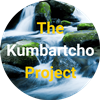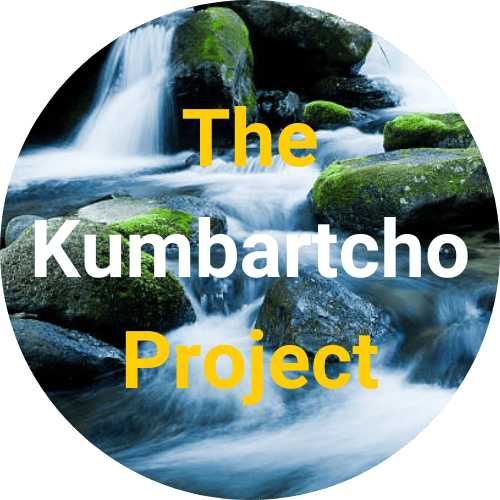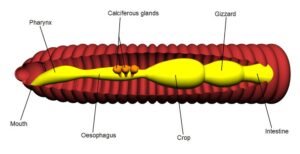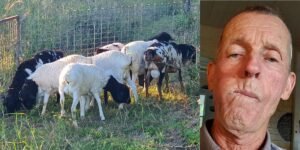TAO! What does this mean for you?
A quick look in WikipediA brings this up.
The TAO or DAO is the natural way of the universe.
So by now you’re likely thinking, “Here Shane goes down another rabbit hole, & is going all Oriental Zen like!
Well not really. You see I recently posted a thing on monocultural grasses, & “made a sweeping statement” that they tie up/lock up Calcium, Nitrogen, & Water.
Did I have to dig deep to explore this topic a little more!
I went to Hugh Lovel’s Biochemical sequence (in his book Quantum Agriculture. Biodynamics & Beyond.)
Hugh’s Biochemical sequence goes something like this;
*”There is a hierarchy or biochemical sequence of what must function first before the next thing & the next thing works.
The elements early in the sequence must be present & working well before later elements have any chance of being useful for plant growth.
Nitrogen, phosphorous & potassium occur late in this biochemical sequence, while sulphur, boron, silicon& calcium start things off.
Sulphur. Since everything going on in the soil biology occurs at the surface of soil particles where minerals react with water, air & warmth; sulphur – which activates surfaces -is the essential key-in-the-ignition for kicking off the soil biochemistry.
In his Agriculture course Steiner speaks of how “the spirit-activity of the universe works as a sculptor, moistening its fingers with sulphur…”
Sulphur works at surfaces, boundaries & edges of things to bring organisation & life into being.
Along with warmth, it is the classic catalyst of carbon chemistry.
Regardless of other soluble elements, the soluble test should show 50 ppm sulphur (Morgan test) for biological soil fertility to function properly.
Light soils may need a little bit less & heavy soils may need more.
In the total test a 60 to 1 carbon to sulphur is needed to ensure enough sulphur in soil reserves.
Silicon forms the basis for the capillary action that takes up nutrients from the soil.
Fortunately for agriculture, silicon’s activity defies gravity.
But to do this silica relies on boron, a component of clay.
In his second Agriculture lecture Steiner insightfully asserts, “First we need to know what is really going on. However else clay may be described, however else we must treat it so that it becomes fertile – all this is of secondary importance; the primary thing we need to know is that clay promotes the upward stream of the cosmic factor.”
It is the boron component of clay that is the accelerator pedal of agriculture, while silicon is the highway that carries all the nutrients. This places boron first in the biochemical sequence, & if either boron or silicon is deficient the soil biology will function below its potential.
With boron or silicon deficiency – & especially with both – crops will wilt instead of growing on hot days.
Ironically, the most effective ways to create boron & silicon deficiency are;
- Clean cultivation
- use of artificial nitrogen fertilizers
Though standard in modern agriculture, these practices make boron & silica available by killing off the soil biology that maintains the soil’s clay/humus complexes.
This releases a flush of boron & silicon which can easily be lost.
Calcium, which comes next in the sequence, is the truck that travels on the highway.
It collects & carries with it the nutrients that follow in the biochemical sequence.
As the opposite polarity from the free handed silicon, calcium is hungry, even greedy.
Above all else, calcium engages nitrogen to make amino acids, the basis of DNA, RNA & proteins.
In turn, these nitrogen compounds are responsible for the complex enzyme & hormone chemistry of life which employs magnesium, iron, phosphorous & other trace elements.
Nitrogen is the basis of the amino acids in chlorophyl, which provides photosynthesis, the means of catching energy.
Photosynthesis is where magnesium, phosphorous, potassium & a wide range of micronutrients follow nitrogen in the biochemical sequence.
Unfortunately, NPK fertilizers stimulate the latter portion of the sequence without addressing the priorities of sulphur, boron, silicon & calcium.
NPK fertilizers stimulate growth, but they are like methamphetamine.
They grow weak crops that are fertilized like weeds & are susceptible to pests & diseases.”*
You may now have a better picture of what may go on in a monocultural grass pasture, & how when calcium, nitrogen, & water are locked up, it brings the system to its knees so to speak.
Locked up calcium is akin to a national truckie’s strike!
While locking up water in a landscape with an already broken water cycle truly brings soil biology to its knees!
When these monocultures begin to die out (pasture dieback), it unleashes some awesome natural processes, & you’ll see all sorts of weeds, legumes, shrubs begin to grow.
The ultimate multi species cover crop, with out planting a single seed!
Back now to TAO!
In my universe TAO is the acronym for The Activity Of.
Yes the activity of. That is, when we look at the biochemical sequence & plant growth, then it’s time to shift from quantities (kgs, tonnes, liters), to the activity of the elements in the periodic table.
When we look at plants/weeds & refer to them as accumulators, & speak of them bringing in certain elements (Ca, Si, S, K, P, N), then it’s not quantities, so much as the activity of these elements.
So that’s my rave on about TAO for today.
Your thoughts?






Gday Shane, great post, but of course I have a question. Should we rely totally on our weed teas and cover crop for these nutrients, especially the initial S, B, Si and Ca, or can we fast-track the system with minerals? Blessings, Dave
Hi Dave
Great question.
In my vintage style I will answer with a question!
If you had a milking cow that was dry (not milking), would you go buy some milk from the neighbor?
I’m guessing yes!
On the other hand if you’re still buying milk year after year after year, then I’m guessing there’s a problem with the management of your milking herd!
So yes if we are to start the system, then there’s some merit in buying in/importing the starting minerals.
Long term tho I’m thinking that a more complex plant community will create the required minerals long term, & keep us out of the shops!
Nature has an awesome ability to “transmute matter” creating the minerals that may be lacking.
For this to happen we require a complex plant community, & complex soil biology.
Thanks for your question!